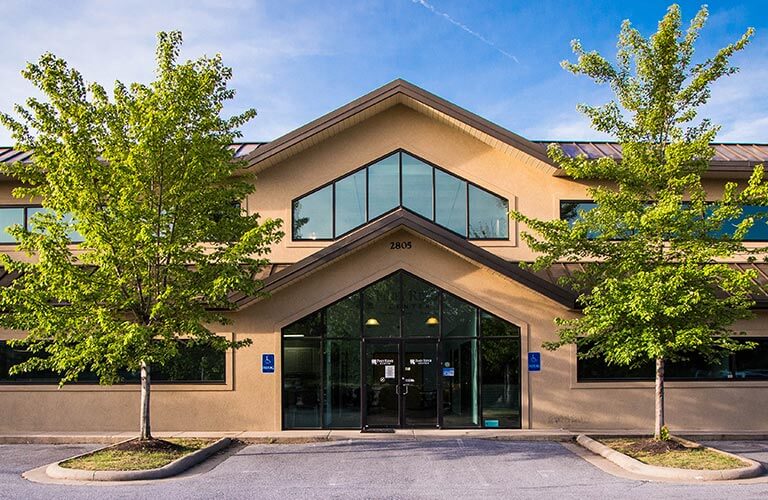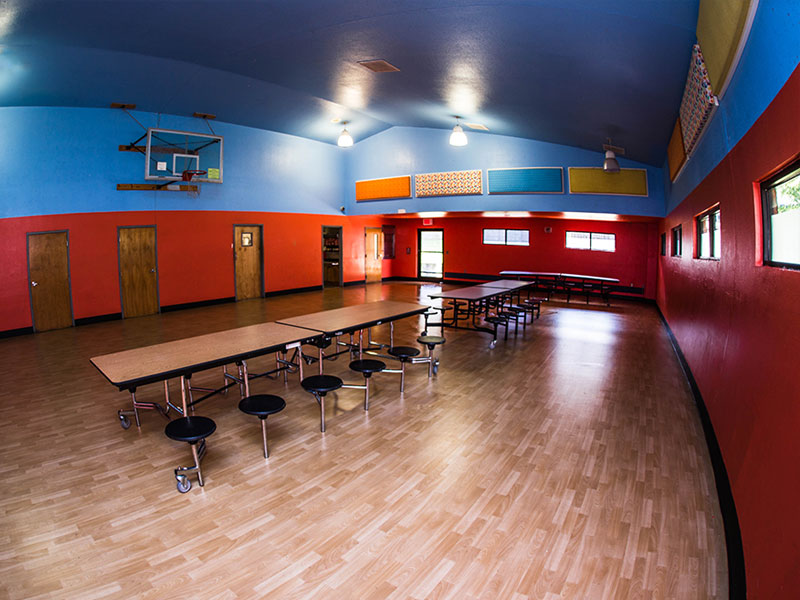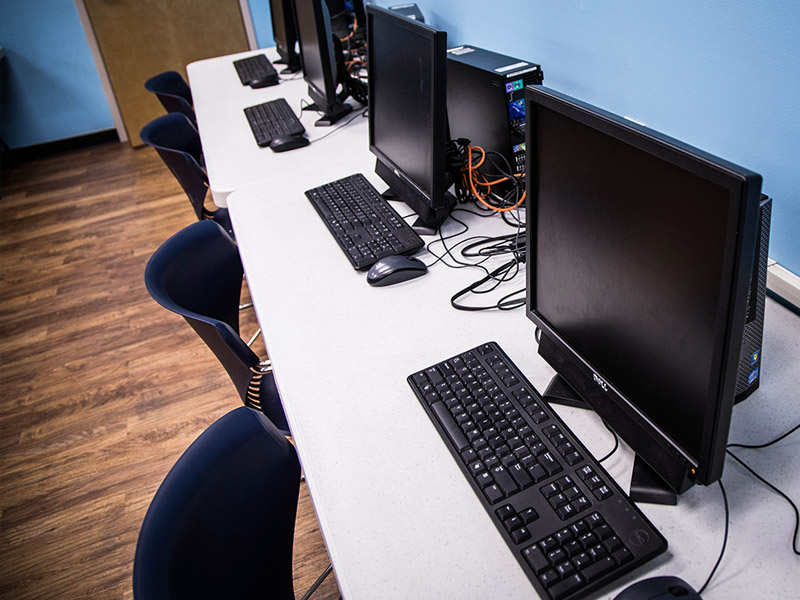No one experiences disruptive behaviors the same way as someone else. Understanding the signs, symptoms and side effects of disruptive behavior is a key component toward starting the recovery journey.
Understanding Disruptive Behaviors
Learn about disruptive behavior
Disruptive behavior disorders (DBDs) are a group of behavior disorders characterized by patterns of ongoing, uncooperative, defiant, and hostile behaviors toward authority figures. These behaviors can be so severe that they seriously impact a child or teen’s daily functioning and often lead to strife within the family dynamic. When a child’s family experiences these disruptive activities and behaviors, where the child is consistently ignoring the rules, erupting in defiance, or goading others, every member of the family feels the impact. A parent or guardian may feel helpless as how to control their child’s anger, unsure how to appropriately respond, and how to restore a sense of peace and harmony in the home. Many times, a child or teen diagnosed with a disruptive behavior disorder has other types of mental health disorders, such as attention-deficit hyperactivity disorder. The presence of these co-occurring, comorbid mental health disorders can further complicate treatment. Disruptive behavior disorders negatively impact every person the child or teen meets. The most common of the disruptive behavior disorders include oppositional defiant disorder (ODD) and conduct disorder (CD). The primary difference between these two disorders is the severity of the symptoms; conduct disorder is often considered the more serious of the two.
Oppositional defiant disorder (ODD) is a behavior disorder that is characterized by a recurrent pattern of negative, defiant, hostile, and disobedient behaviors toward authority figures lasting six months or longer. Children and teens who have oppositional defiant disorder often lose their temper and argue with adults (and others in authority) over standard rules or simple requests. They may become easily annoyed by other people and blame others for their mistakes or misbehaviors. Children and teens with ODD often become angry, resentful, spiteful, and vindictive toward other people. While all children – and people – demonstrate these behaviors from time to time, children who have ODD display these behaviors more often than others their age. These patterns of behavior severely impact the social, occupational, and academic functioning of the child.
Conduct disorder (CD), often called “delinquency,” is the more serious of the disruptive behavior disorders because it typically involves a higher amount of cruelty. Children and teens who have CD may show aggression toward other people and animals, willfully destroy property, steal, lie, and are consistently truant. It’s thought that disruptive behavior disorders exist along a spectrum and oppositional defiant disorder may progress into CD.
Children and teens who are thought to have oppositional defiant disorder, conduct disorder, or another type of disruptive behavior disorder should seek psychiatric treatment for proper diagnosis and care. With therapies and (occasionally) medication, children who have DBDs can learn more positive behaviors and begin to react to life situations in a more appropriate fashion. The sooner therapy begins, the better the outlook is for the child’s future.
Statistics
Disruptive behavior statistics
Disruptive behavior disorders occur frequently in childhood and represent a large number of the children who receive mental health services. Research has shown that ODD can affect anywhere between 2-16% of our youth, depending upon the population. In the United States, conduct disorder is more common in younger boys ranging from 6-9%.
Causes and Risk Factors
Causes and risk factors for disruptive behavior
It’s generally believed that there is not one single root cause for disruptive behavior disorders; rather these disorders are thought to be the result of genetic, physical, and environmental risk factors working simultaneously. Some of the most commonly cited risk factors for DBDs include:
Genetic: Children and teens who have relatives, notably first-degree relatives, who suffered from a disruptive behavior disorder are at a higher risk for developing the disorder themselves than those without a familial link.
Physical: It appears that children who were born of low birthweight are at a higher risk for developing a disruptive behavior disorder. Additionally, children who suffered neurological damage have a slightly higher risk for developing these disorders.
Environmental: DBDs are often noticed after a particularly stressful family event, such as the loss of a parent or following a divorce. Additionally, children and teens who are raised to believe violence is the proper means to solve problems are at higher risk for developing disruptive behavior disorders.
Risk Factors:
- Maternal rejection of child as an infant
- Separation from child’s parents
- Poor foster care
- Children and teens who suffered physical, emotional, or sexual abuse, or who have been neglected, are at higher risk for developing these disorders later in childhood
- Poverty
- Witness to domestic violence
- Parental drug or alcohol abuse
Signs and Symptoms
Signs and symptoms of disruptive behavior
The symptoms of disruptive behavior disorders will vary based on the type of disorder a child has – oppositional defiant disorder or conduct disorder – as well as individual temperament, social skills, and coping mechanisms. The most common signs and symptoms of disruptive behavior disorders can include:
Behavioral Symptoms:
- Antisocial behaviors
- Sociopathic tenancies that cause serious harm to others
- Often loses temper with others
- Argues with adults
- Actively defies or refuses to comply with requests or rules
- Blames others for his or her mistakes
- Deliberately annoys other people
- Aggressive and cruel toward people and animals
- Deliberately intimidates other people
- Makes deliberate attempts to annoy others
- Bullying
- Revenge-seeking behaviors
- Lying
- Stealing
- Conniving
- Willful destruction of property
- Decreased problem-solving skills
- Physically, emotionally, or sexually abusing others
Psychosocial Symptoms:
- Child frightens and alienates friends, family, and peers
- Intensely rigid and touchy
- Lack of remorse
- Loneliness
- Anger
- Spitefulness
- Vindictiveness
- Resentfulness
- Feeling as though they have nothing to lose by engaging in illegal or dangerous behaviors
Effects
Effects of disruptive behavior
Without proper care and treatment, children and teens who have conduct disorder or oppositional defiant disorder will face long-term consequences. The long-term consequences and effects of untreated, undiagnosed disruptive behavior disorders can include:
- Antisocial personality disorder
- Incarceration
- Legal problems
- Substance abuse
- Alcoholism
- Failure to achieve gainful employment
- Homelessness
- Poverty
- Domestic abuse
- Child abuse
Co-Occurring Disorders
Disruptive behavior and co-occurring disorders
Disruptive behavior disorders may exist with other types of disorders. The most common co-occurring disorders include:
- Attention-deficit hyperactivity disorder (ADHD)
- Conduct disorder
- Oppositional defiant disorder
- Anxiety disorders
- Depressive disorder
- Substance abuse
- Learning disorders
- Attention-deficit/hyperactivity disorder (ADHD)
- Depression
- Anxiety disorders
- Substance abuse



